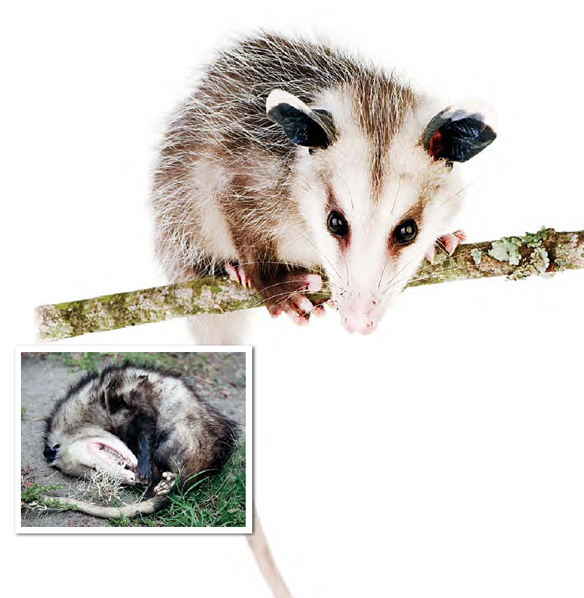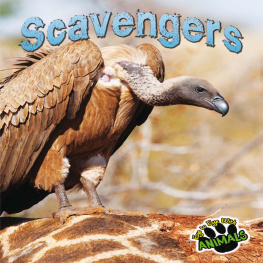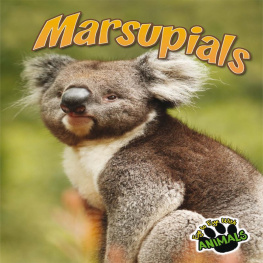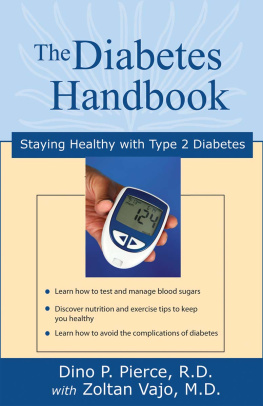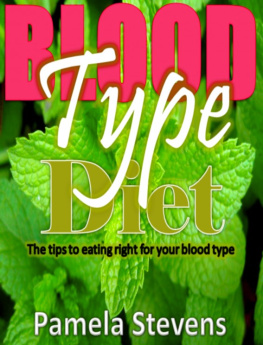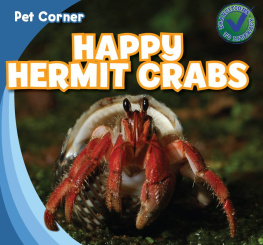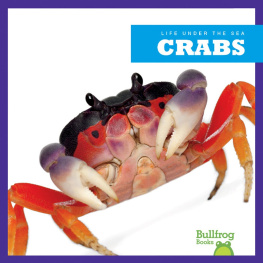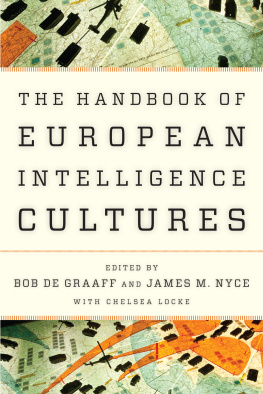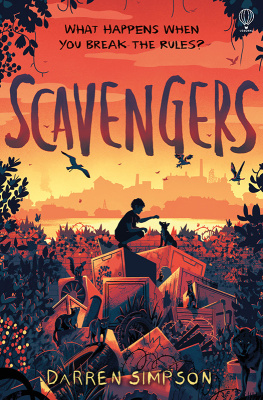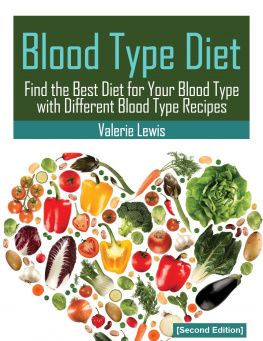Table of Contents
Guide

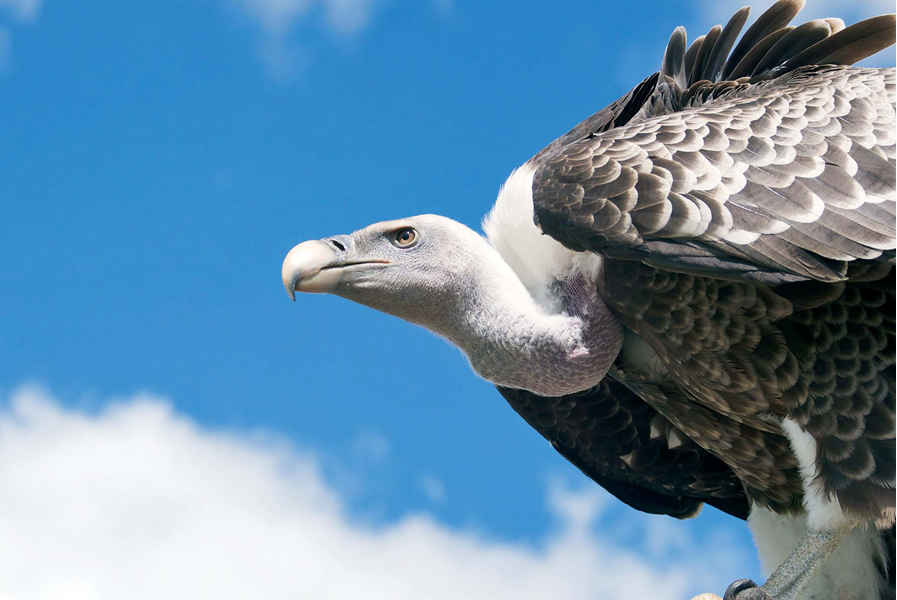
2013 Rourke Educational Media
All rights reserved. No part of this book may be reproduced or utilized in any form or by any means, electronic or mechanical including photocopying, recording, or by any information storage and retrieval system without permission in writing from the publisher.
www.rourkeeducationalmedia.com
PHOTO CREDITS: : Fotoeye75;
Edited by Precious McKenzie
Cover Design by Renee Brady
Interior Design by Cory Davis
Library of Congress PCN Data
Scavengers / Jeanne Sturm
(Eye to Eye with Animals)
ISBN 978-1-61810-116-7 (hard cover) (alk. paper)
ISBN 978-1-61810-249-2 (soft cover)
Library of Congress Control Number: 2011944407
Rourke Educational Media
Printed in the United States of America,
North Mankato, Minnesota

rourkeeducationalmedia.com
customerservice@rourkeeducationalmedia.com PO Box 643328 Vero Beach, Florida 32964
Chapter 1
Carrion Eaters
Have you ever seen a large group of vultures gathered by the side of the road, pecking away at something? You cant tell what it is, but as you get closer, and the birds scatter, you can finally see what is holding their interest. An animal has died and the vultures are making a meal of its remains.
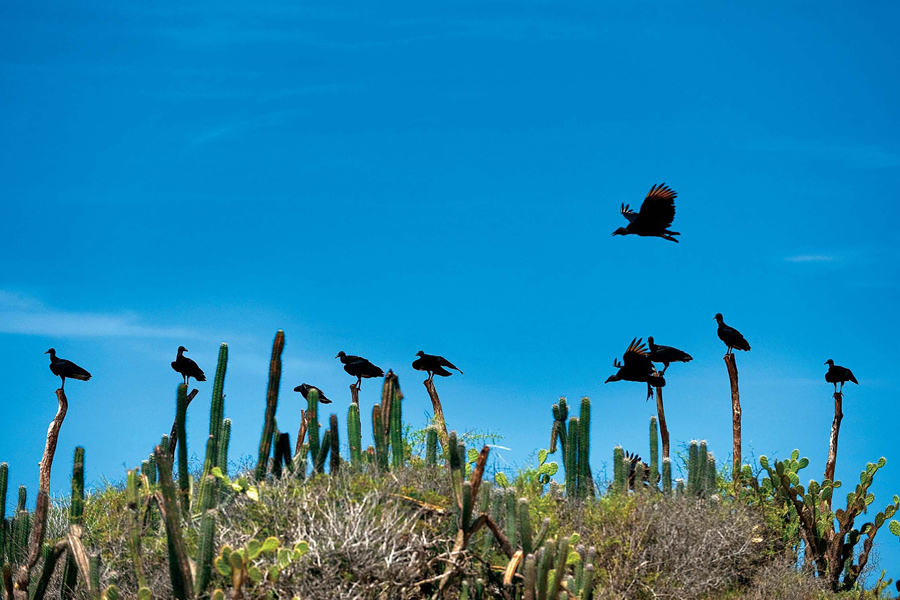
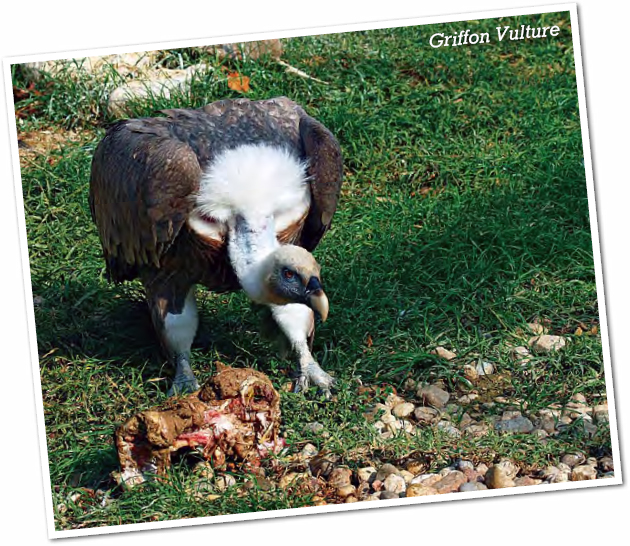
Vultures are scavengers. They do not hunt and kill their own food. Instead, they eat , meat from animals that are already dead and decaying. Sounds pretty gross, doesnt it? But scavengers perform a very important service to the ecosystem. They clean up what could otherwise become a huge, smelly mess!
Chapter 2
Vultures: Natures Winged Recyclers
Turkey vultures and black vultures inhabit areas of North America and all of South America. Turkey vultures eat carrion, including dead squirrels, mice, rabbits, birds, reptiles, and skunks. They fill out their diet with leaves, grass, and seeds.
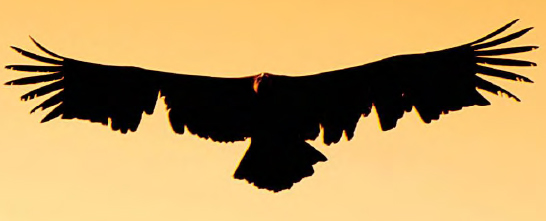
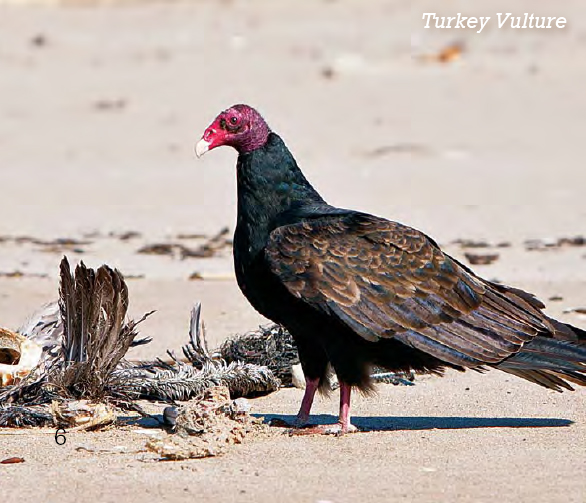
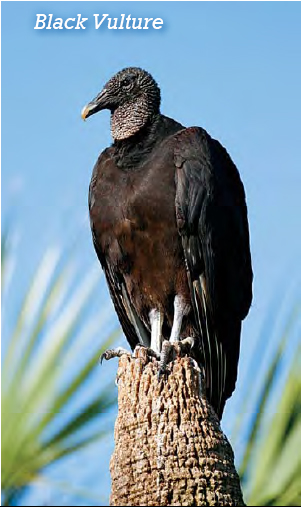
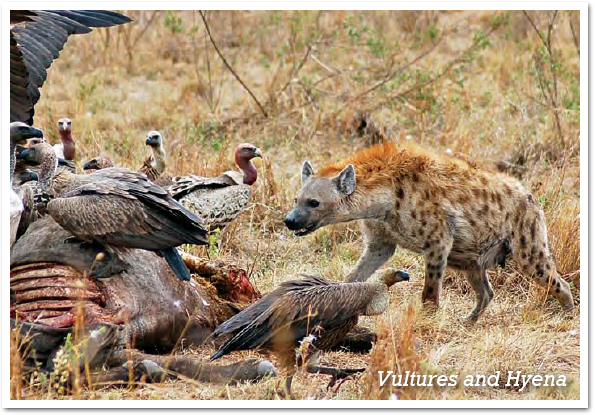
Vultures, jackals, and hyenas eat carrion. Raccoons and opossums consume their share of dead meat, but they also eat fruits, vegetables, bird eggs, and insects.
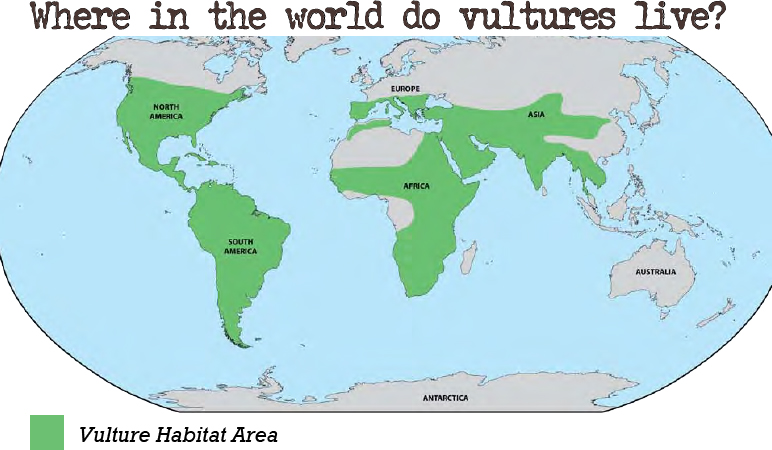
Vultures live in North America, South America, Europe, Asia, and Africa.
Vultures have adapted to their diet of rotting meat. When they eat, they stick their heads into the of dead animals. If their heads were feathered, pieces of meat would stick to them and become a smelly, rotten mess. Instead, vultures have bald heads that stay cleaner when they eat.
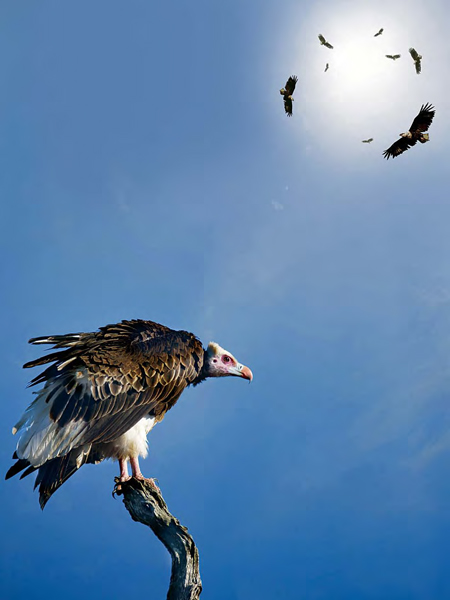
Why doesnt a vulture become sick from eating rotten meat? The answer lies in its digestive system. Acids in the vultures stomach kill any bacteria or disease that was present in their meal.

Vultures spend their flight time searching for food. From thousands of feet in the air, they look for their next meal. They dont waste energy flying to such heights. Instead, they catch a ride on a thermal, a column of warm air rising from the ground, and glide through the sky. Turkey vultures, with their keen sense of smell, also fly closer to the ground in order to sniff out decaying meat.
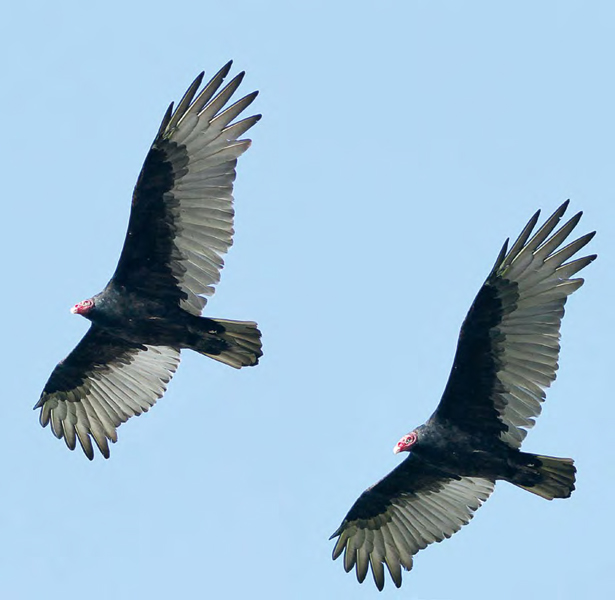
Vultures lay their eggs on the ground, in the hollow of a fallen tree, or in a cave. Turkey vultures raise one a year, laying from one to three eggs at a time. After their babies hatch, both mother and father share responsibility for their feeding.
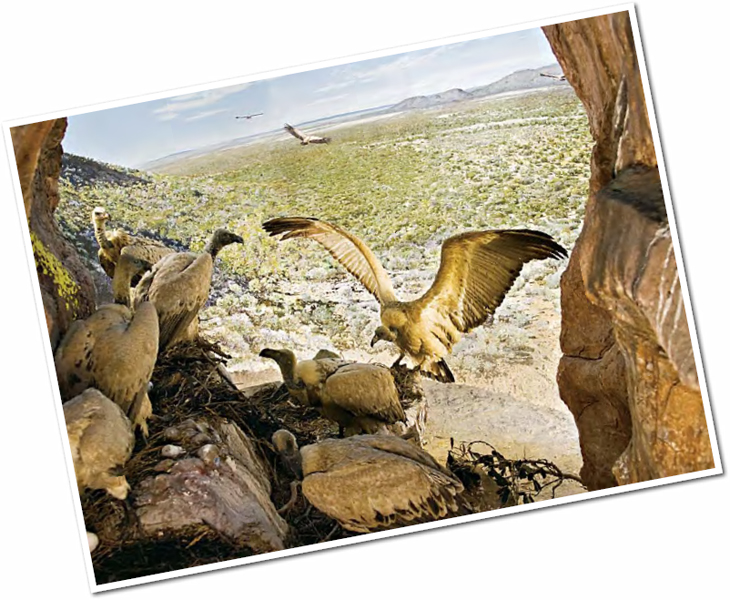
You wont find worms in these babies diets! Vultures start their babies off with partly digested carrion. Mother and father feed on dead animals, then return to the nest to regurgitate the meal into their babies mouths. As the babies get older, the parents cough up undigested meat.
Chapter 3
Scavengers Everywhere
Hyenas live on the dry scrubland and rocky brush of Africa and Asia. Spotted hyenas are skilled hunters, often working in groups to bring down large prey. They are also scavengers and, in large groups, will drive a lion off its prey.
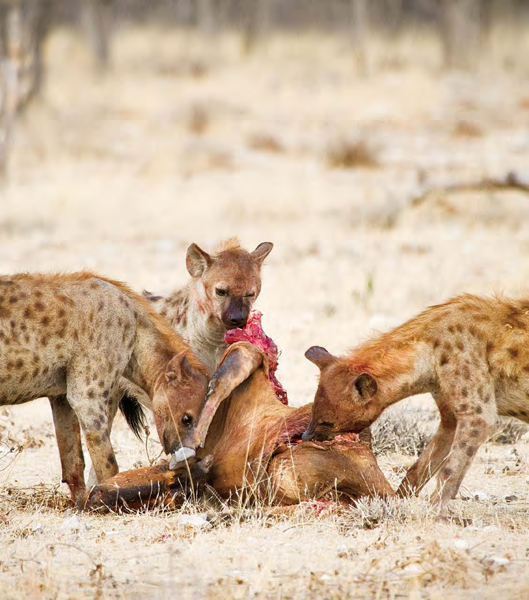
Hyenas have powerful jaws. They can tear apart, eat, and digest parts of animals that other carnivores cannot, including skin and bone. Hyenas are unable to digest some parts, though, including hooves, hair, and these parts as pellets.
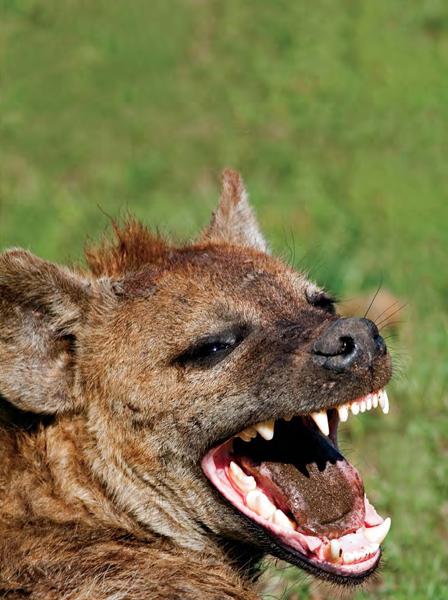
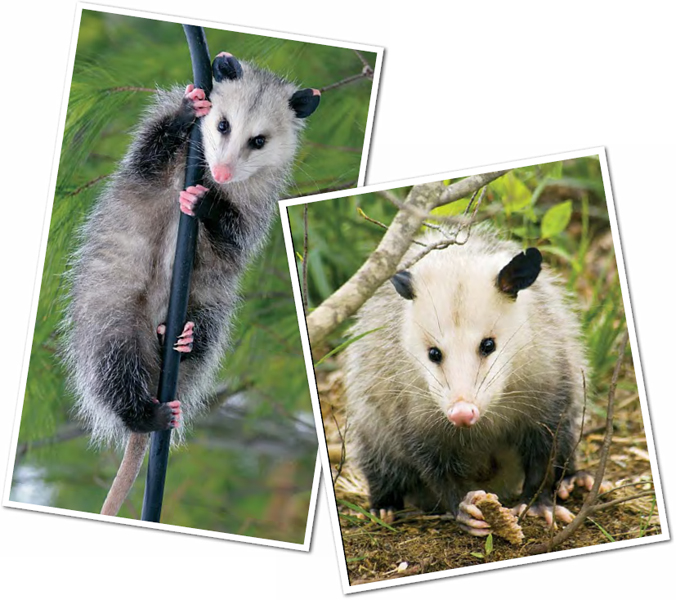
Opossums eat a variety of foods. As scavengers, they make meals of dead animals, often finding carrion alongside the road. Trash cans and dumpsters also provide easy pickings. In the wild, opossums their diet of mice, birds, snakes, and insects with grasses, nuts, and fruit.
Opossums face threats from predators, including cats, dogs, foxes, and owls. They face habitat loss when humans cut down forests to make way for farms and neighborhoods. Ironically, a third threat comes just when an opossum thinks it has made a lucky find. While it dines on a dead animal lying by the side of the road, eating the puts the scavenger at the same risk of being hit and killed by a passing car.
